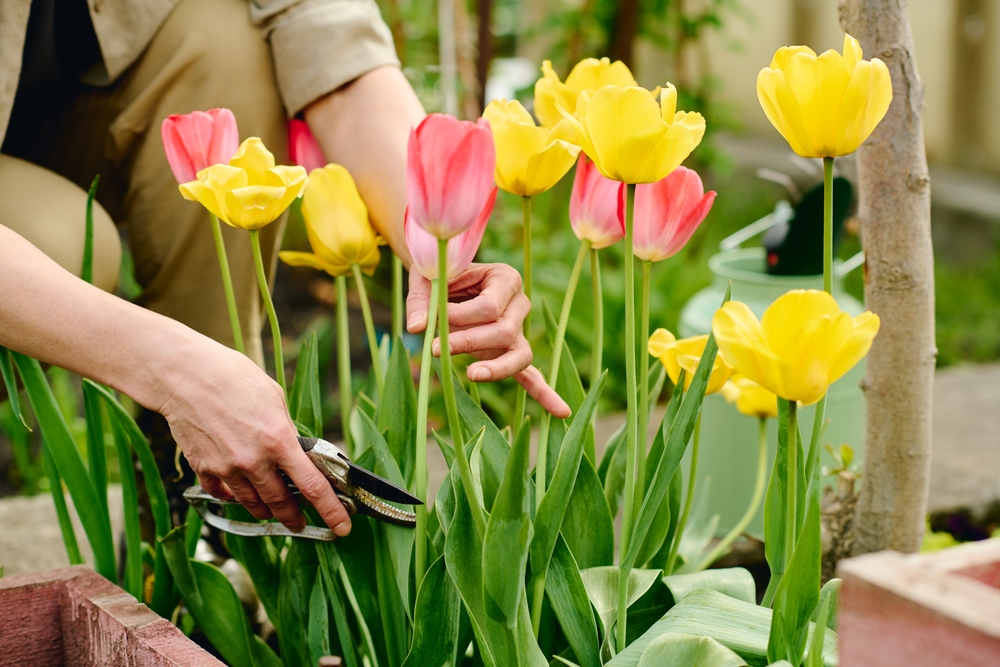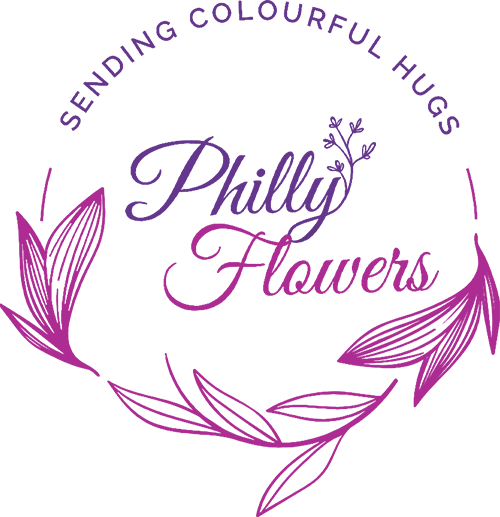How to Choose the Best Cut Flowers to Grow in YOUR Garden
Growing your own cut flowers allows you to make beautiful and personalized arrangements using flowers from your garden. But not all flowers you grow will be well-suited for cutting. Some like plenty of sun while others prefer shade.

Growing your own cut flowers allows you to make beautiful and personalized arrangements using flowers from your garden. But not all flowers you grow will be well-suited for cutting. Some like plenty of sun while others prefer shade. Some have sturdy stems while others are more delicate. And proper conditioning once picked is necessary for some varieties in order to have the longest vase life possible. Following the 8 tips below will help you decide the best flowers to plant so you can create stunning, long-lasting floral displays.
1. Focus on Flowers with Long, Sturdy Stems
Popular garden flowers like zinnias, marigolds, strawflowers, and cosmos have tall, strong stems that will stand straight and tall in vases days after cutting them. Weak, flimsy stems that bend and droop won't make attractive arrangements. Seek out cut flower varieties described as having long, sturdy stems.
2. Choose Varieties that Keep Blooming
Some annual flowers like nasturtiums and flowering tobacco only bloom for a short period. For continual types of cut flowers, grow those that bloom continuously through the season like cosmos, calendulas, and single petunia varieties. Deadheading spent blooms encourage reblooming.
3. Look for Cut Flower Series
Seed companies are increasingly offering special cutting garden collections. These cutting flower series feature varieties bred specifically for floral design. The stems, blooms, and colors are selected to provide great cuts. Cut flower mixes take the guesswork out of choosing!
4. Plant Some Late Bloomers
While many annuals to get from a local gardens store or Philadelphia florists peek in midsummer, late bloomers like asters, dahlias, and single mums shine in fall. Stagger your planting so you have a continuous progression of fresh material for cutting as the seasons pass.
5. Mix Up Colors and Shapes
A diverse palette of flower colors, shapes, and sizes will allow for more interesting arrangements. Along with classic white, pink, red, and orange flowers, add in purple, blue, yellow, and lime options. Get some row round daisies from a nearby garden center or florist in Philadelphia PA along with spiked gladiolus and feathery astilbe.
6. Consider Foliage and Filler Too
Don’t overlook foliage, berries, grasses, and filler flowers to complement your main bloom colors. Fantastic filler flowers to get from a local flower shop in Philadelphia PA include baby’s breath, lavender statice, plumy celosia, and flowering kale and cabbage. Foliate herbs like dill, fennel, parsley, and bronze fennel provide feathery textures.
7. Know When to Pick
Harvest your flowers in the early morning or late afternoon when it is cool and plants are well-hydrated. Choose blooms that are partially but not fully open. Make angled cuts and place immediately in warm water out of direct sun. Recut stem ends before arranging.
8. Conditioning is Key
Some plants like azaleas, lilacs, and rhododendrons require extra processing after picking to maximize vase life. Woody stems should be split or crushed. Recutting stem ends frequently, changing water daily, and keeping flowers cool extends freshness too. Be sure to properly condition each type of flower.
While waiting for your garden to bloom, you don’t have to sacrifice having fabulous flowers right now. The floral designers at Philly Flowers And Edibles can create stunning arrangements using fresh-cut flowers chosen specially to match your style and event needs.
Recent Posts
Year : 2025
Year : 2024

